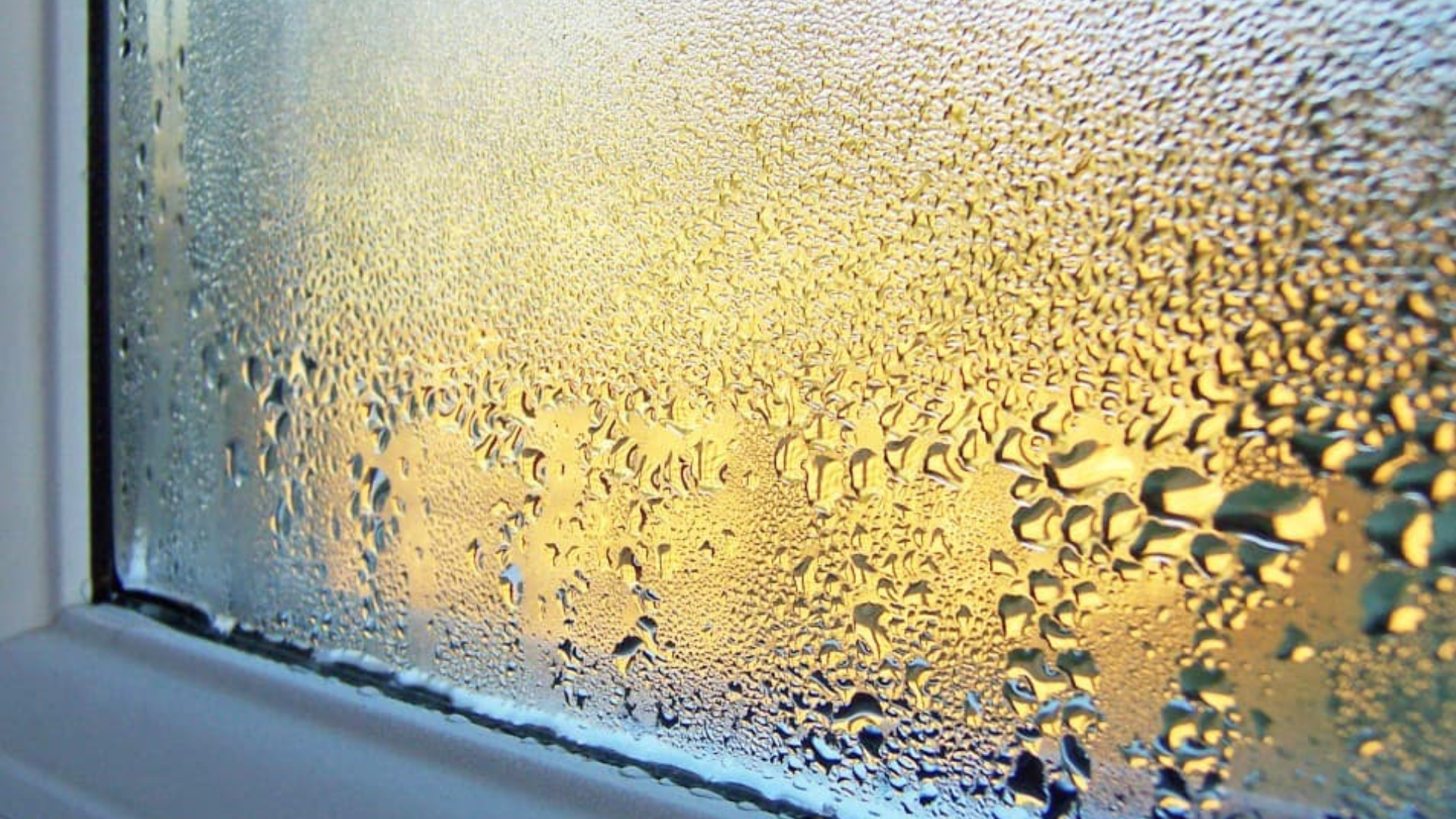Prevent condensation in your home with these 6 expert-approved tips
We've all experienced it at some point!


It’s inevitable that all homes will experience some form of condensation during the colder months, but for some people, the problem is worse than others. Whilst it's very easy to turn to a window vacuum cleaner, it’s worth knowing a few simple techniques that can help prevent moisture unnecessarily entering your home, as well as reducing it.
Condensation occurs when moist air comes into contact with a colder surface, such as a window or mirror. The air is unable to hold the moisture so tiny drops of water appear and form on the cold surface. It also occurs in places where the air is still, such as the corners of rooms, behind furniture or inside wardrobes.
With this in mind, we spoke to the interior experts at Make My Blinds who have shared 6 ways to minimise the amount of condensation in your property. Keep reading to find out what they are...
Before you do, have a read of the four essential household checks I'm carrying out before winter arrives.
1. Keep curtains open at night
One of the biggest advantages of curtains during the colder months is their ability to stop draughts from entering the home. However, they also stop the windows they’re covering from being heated by the central heating, which in turn can lead to condensation. It's therefore important to try and keep curtains open during the night, especially if you have blinds to use for privacy.
2. Keep windows open when cooking
Whether you’re using the oven, boiling pans or using the kettle to make a hot drink, appliances in the kitchen can produce a lot of steam. If you’re using these appliances regularly, then it’s worth opening all kitchen windows when you’re making meals if you want the steam to escape and not cause condensation on the windows and walls.
3. Dry clothes outside if possible
Weather permitting, washing should be dried outside as placing them on a radiator or airer will cause moisture to be released into the air, which is a big cause of condensation. If you’re unable to dry washing outdoors, then place it in a room with plenty of windows so that you can open them and allow the moisture to escape.
Get all the latest news, reviews, deals and buying guides on gorgeous tech, home and active products from the T3 experts
4. Regulate your home's temperature
Turning your heating off and on will increase the chances of condensation in the home due to the sudden drop in temperature and then a quick rise, so to avoid this, keep your central heating on for longer and at a lower temperature. Doing this will help prevent the window glass from getting cold and generating condensation. Have a look at our round up of the best smart thermostats - they're a huge help when it comes to regulating inside temperatures.
5. Take quick showers
For most people, a warm shower is one of the best ways to warm up, but this will inevitably create a lot of steam. The longer you spend in the shower, the more steam that is produced, therefore creating condensation. To prevent this, open the bathroom window before or after your shower and don’t spend as long in there as usual.
6. Invest in a dehumidifier
Some properties will experience higher levels of condensation than others and it’s a frequent problem in your home, then investing in a dehumidifier might be worthwhile. If you’re trying to budget then don’t presume you have to spend large sums on an electric one, as many home stores sell cheaper alternatives which can just be sat on the windowsill and will do the job. Blueair actually just launched a new model costing under £100 if you're interested!
Worried about energy costs this winter? Have a look at our 5 low-cost ways to heat your home for longer this autumn and winter.

Lizzie is T3's Home Living Staff Writer, covering the latest in smart home, lifestyle and beauty tech. From skincare gadgets to vacuum cleaners, she's your go-to for trends and top recommendations.
When not writing, Lizzie enjoys mooching around Bath, spending time with loved ones, or testing her review units – often during an enthusiastic cleaning spree!